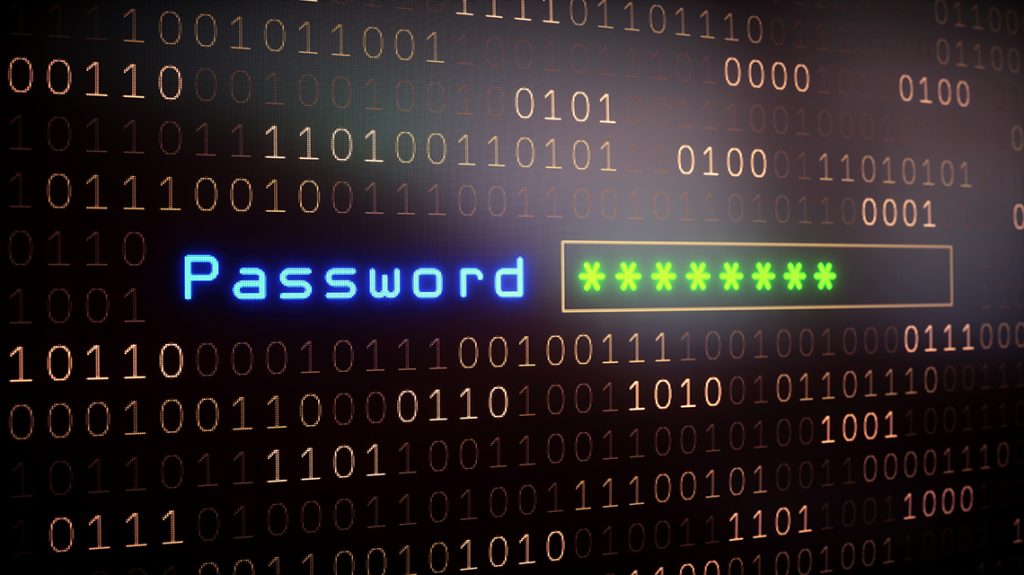Incident Response and Supply Chain Security – Mitigating Risks
Incident response and supply chain security are critical components of modern business operations, aiming to mitigate risks that could disrupt continuity and compromise integrity. In today’s interconnected digital landscape, organizations face increasing challenges from cyber threats, operational disruptions, and regulatory compliance requirements. Effective incident response begins with proactive measures, including risk assessments, threat intelligence gathering, and robust cybersecurity frameworks. These efforts ensure readiness to detect, respond to, and recover from incidents swiftly and effectively. Central to incident response is the establishment of clear protocols and roles within an organization. This includes defining incident severity levels, escalation procedures, and communication channels to facilitate rapid response and decision-making during crises. By formalizing these processes, organizations can minimize confusion and delays, enabling quick containment of incidents and reducing potential damage. Moreover, maintaining a resilient supply chain is essential for mitigating risks across interconnected business networks.
Supply chains today are increasingly globalized and reliant on digital technologies, which can introduce vulnerabilities if not properly managed. The Incident Response Blog must implement rigorous supplier vetting processes, ensuring that partners adhere to stringent security standards and protocols. This includes assessing third-party risks and establishing contractual agreements that outline security expectations and incident response protocols. Technological advancements, while beneficial, also pose challenges to supply chain security. The proliferation of IoT devices, cloud computing, and interconnected systems expands the attack surface for malicious actors. To counter these threats, organizations should adopt a layered approach to security, incorporating measures such as encryption, access controls, and continuous monitoring. This proactive stance enhances visibility into supply chain activities, enabling early detection of anomalies or suspicious behaviors that may indicate a potential security breach. Furthermore, regulatory compliance plays a crucial role in incident response and supply chain security. Organizations must navigate a complex landscape of data protection laws, industry regulations, and international standards.
Collaboration and information sharing also play a pivotal role in enhancing incident response capabilities. Industry alliances, information-sharing platforms, and government agencies facilitate collaboration on emerging threats and best practices. By participating in these networks, organizations gain access to timely threat intelligence and actionable insights that enhance their ability to anticipate and mitigate potential risks. In conclusion, effective incident response and supply chain security are integral to safeguarding organizational assets and maintaining business continuity in today’s digital age. By implementing proactive measures, formalizing response protocols, and fostering collaboration, organizations can mitigate risks, minimize the impact of incidents, and uphold their commitments to stakeholders. Continuous evaluation and adaptation of security strategies are essential to staying ahead of evolving threats and ensuring resilience in the face of adversity.





